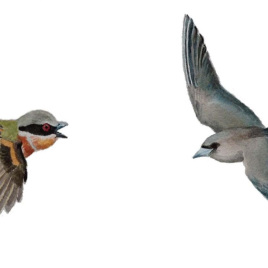Scientists have long questioned whether there is any correlation between brain size and cognitive ability in various animal species. One theory often explored in this field is the cognitive buffer hypothesis, which explains bigger brain size by the adaptive benefits to respond quickly to sudden, rapid changes in the environment. A new study tests out […]
Tag: birds
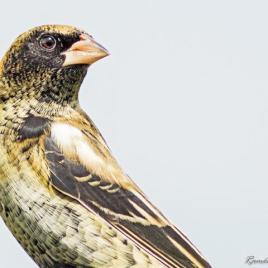
Special carbon compounds in Bobolink bird feathers contain information about their diet
You are what you eat; and in the case of a tiny migratory grassland bird, the Bobolink, their contain the secrets to what they eat. Information stored within the Bobolink’s plumage can also help with the efforts to protect the declining species. Researchers have found that carbon compounds from the elusive winter diet—what the Bobolink eats […]
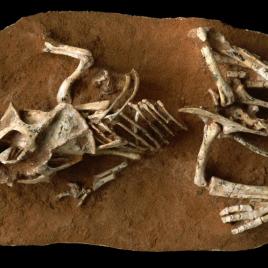
Dinosaur eggs resemble those of reptiles more than birds 
Birds are the closest living relatives of dinosaurs, which is why it was long assumed that dinosaur eggs developed similarly to avian embryos. But new research found that the incubation period for dinosaur embryos was approximately 3 to 6 months, which is closer to the development of reptile eggs. Researchers came to this conclusion after […]
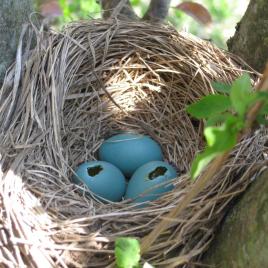
Bird feeders, nests, predators and the complex relationship in bird-human environments
Are bird feeders helpful or harmful for your neighborhood’s birds? Recent study shows that the answer to that question is more complex than a simple “yes” or “no”. The four-year study analyzed connections between songbird nests, bird feeders, and predators in Columbus, Ohio. Results varied: for example, in neighborhoods with large crow populations, bird feeders […]
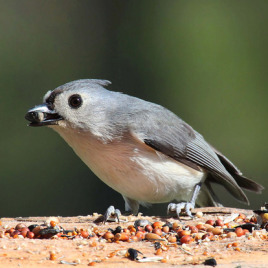
Tweet louder, I can’t hear you: Highway noise disrupts information transfer between bird species
Communication between birds is disrupted near major roadways, where the noise levels are unnaturally high. According to new research from University of Florida Institute of Food and Agricultural Sciences, this avian communication breakdown may help explain the pattern of reduced biodiversity near highways. Authors of the new study were curious about how building homes in […]
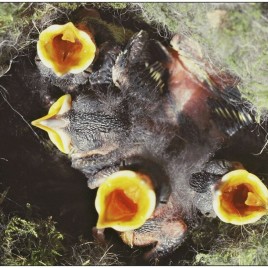
Which chick to feed? How birds choose
Which chick gets fed first in a brood seems to depend more on the environment than a chick’s begging or its size. That’s what researchers report after reviewing data on 143 different bird species. When food is plentiful and supplies are stable, birds will usually feed the chicks who beg the most and are […]
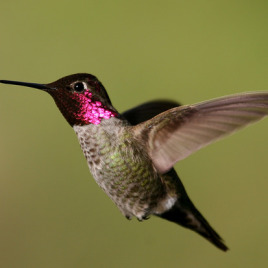
How the hummingbird turns
Hummingbirds control their turning velocity and radius using body orientation and asymmetrical wingbeats, according to a new study. Using a feeder tracking experiment researchers found the birds control their turning velocity by altering their physical orientation, and control their turning radius by beating their wings at slightly different speeds. Researchers filmed six adult male […]
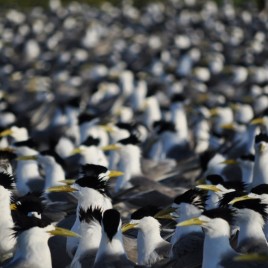
A bird’s eye view of birds
The view seen by humans (left) and drones (right) when trying to count seabird populations from either the ground or the air. (Image credits: Jarrod Hodgson) A new study compares the accuracy of monitoring of sea bird colonies by UAVs and traditional human ground counts and demonstrates that population estimates can be improved with this […]
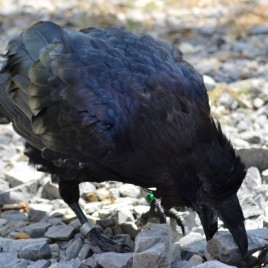
Ravens on their mind
Ravens possess the “Theory of Mind”, or the ability to predict the mental state of others, according to a new study. This is the first time the “Theory of Mind” has been confirmed in an animal other than humans or non-human primates. The researchers fed individual ravens in an enclosed study area, while playing raven […]
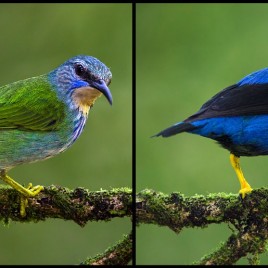
Male songbirds aren’t colourful, females are just drab
The colour differences seen in the plumage of male and female songbirds is mostly from to the effects of sexual selection upon the female, not the male, according to a new analysis. This challenges the long-held view that males developed more colourful plumage because of sexual selection. Researchers quantified the colouration of nearly 6,000 species […]
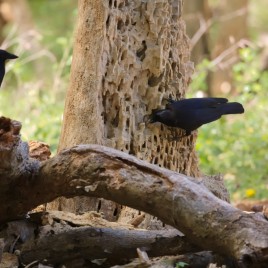
Branching out of the family
Crows spend most of their social time with family members, but when they need a little extra help to get some food – they’re not averse to enlisting others, according to researchers. New Caledonian crows are a clever group – a species known to use tools to get hard to reach food. Analyzing the activity […]
How the Emperor stays warm: Secrets of the emperor penguin
Researchers have discovered how the emperor penguin withstands the cold temperatures of Antarctica. The secret is in their down, and a specific type of feather called the plumule. The plumule, one of four types of feathers on a penguin, has previously been overlooked as an important part of the insulation. Studying three emperor penguins, researchers […]
A new “silent spring”
An editorial is calling the dumping of plastic waste into the ocean a new “silent spring”. “Silent spring” was a book written in the 1960s outlining the harmful effects of the overuse of pesticides on the environment. It was instrumental in raising public awareness of the potential dangers of pesticides. The authors of the paper […]
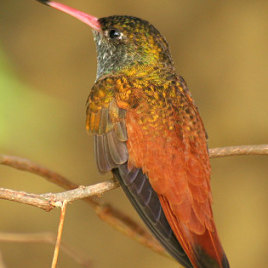
How hummingbirds drink: rethinking 50 years of research
High-speed videos have shown how hummingbirds feed on nectar, and it’s not what was previously thought. It’s not in the same way fluid rises in a capillary tube. Hummingbirds actually extract nectar by creating a tiny pump using the tongue. The new findings mean that fifty years of research studying how hummingbirds and floral nectar […]
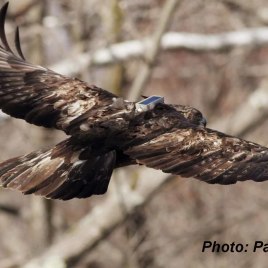
Eastern Golden Eagle populations and environmental change
Using GPS trackers and studying feather samples from 42 Golden Eagles (Aquila chrysaetos) researchers found that they exhibit migratory connectivity, as individuals from the same breeding population migrate to the same wintering area. This means that subpopulations of the Golden Eagle are more vulnerable to environmental changes than currently expected. The authors found that individual […]
